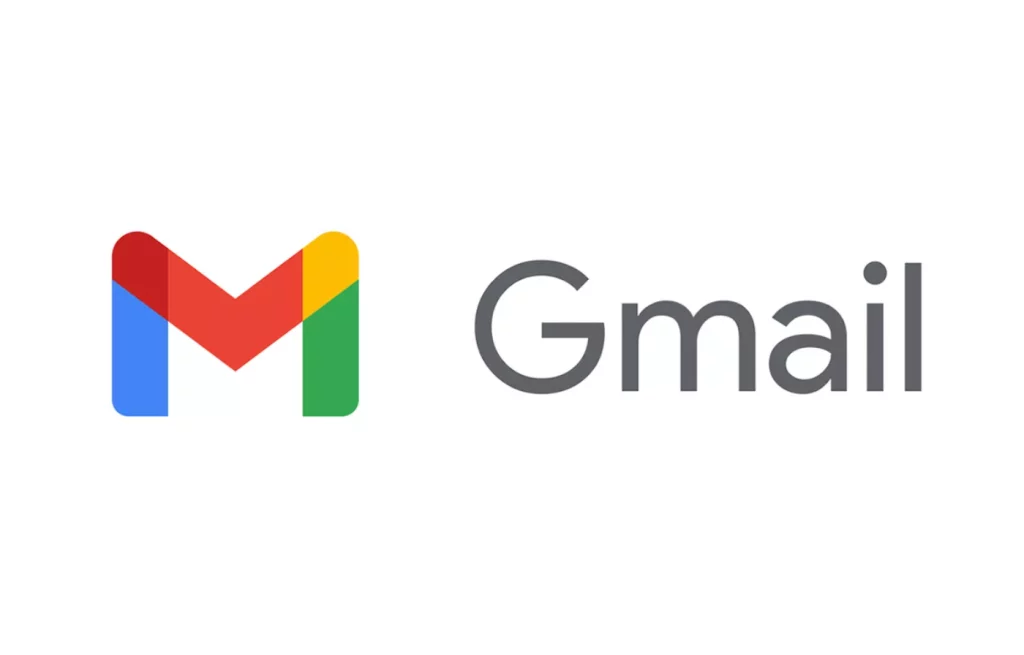Google recently announced that it will be implementing a new policy regarding inactive accounts, aiming to enhance security and optimize storage space. Starting later this year, old and unused accounts that have been inactive for at least two years will be deleted. This update affects personal Google Accounts and excludes accounts managed by businesses or schools. However, accounts with YouTube videos will not be deleted to preserve historical content.
Users have sufficient time to retrieve any important data
The deletion process will commence in December 2023 at the earliest, and Google plans to take a phased approach, beginning with GMail accounts that were created but never utilized. To ensure users are well-informed, multiple notifications will be sent to the account’s email address and the recovery email, if provided, in the months leading up to deletion. This careful rollout aims to give users sufficient time to take action or retrieve any important data before their accounts are permanently deleted.

To keep an account active, users need to sign in periodically or perform basic actions such as reading or sending emails, using Google Drive, watching YouTube videos, downloading apps from the Play Store, conducting Google searches, or signing in to third-party apps or services using “Sign in with Google.” Moreover, using a signed-in Android device is also considered activity, according to Google.
However, Google Photos already has a separate two-year sign-in and usage policy to ensure an account is deemed active. Accounts with active subscriptions on the Play Store, such as Google One or third-party apps, are also considered active.
The primary motivation behind this change is to bolster security. Inactive accounts, particularly those with old or reused passwords, are more susceptible to compromise. Google’s internal analysis reveals that abandoned accounts are at least 10 times less likely to have two-step verification enabled compared to active accounts. By deleting these inactive accounts, Google aims to mitigate the risks associated with identity theft, spam, and the dissemination of malicious content.
Furthermore, this approach helps limit the retention of unused personal information, aligning with industry standards. It’s worth noting that Google will not free up Gmail addresses for reuse when an account is deleted, distinguishing its policy from other services.
Google advises users to assign a recovery email and suggests utilizing the Inactive Account Manager to decide on appropriate actions when an account becomes inactive. Options available through this tool include sending files to trusted contacts, setting up a Gmail autoresponder, or initiating the deletion of the account.
RELATED:
- TCL launches 2023 Smart S Class Google TVs across a range of prices
- Google Fixing Battery Drain and Overheating Issues on Pixel Devices
- Best Budget-friendly Drawing Tablets in 2023
(Via)







